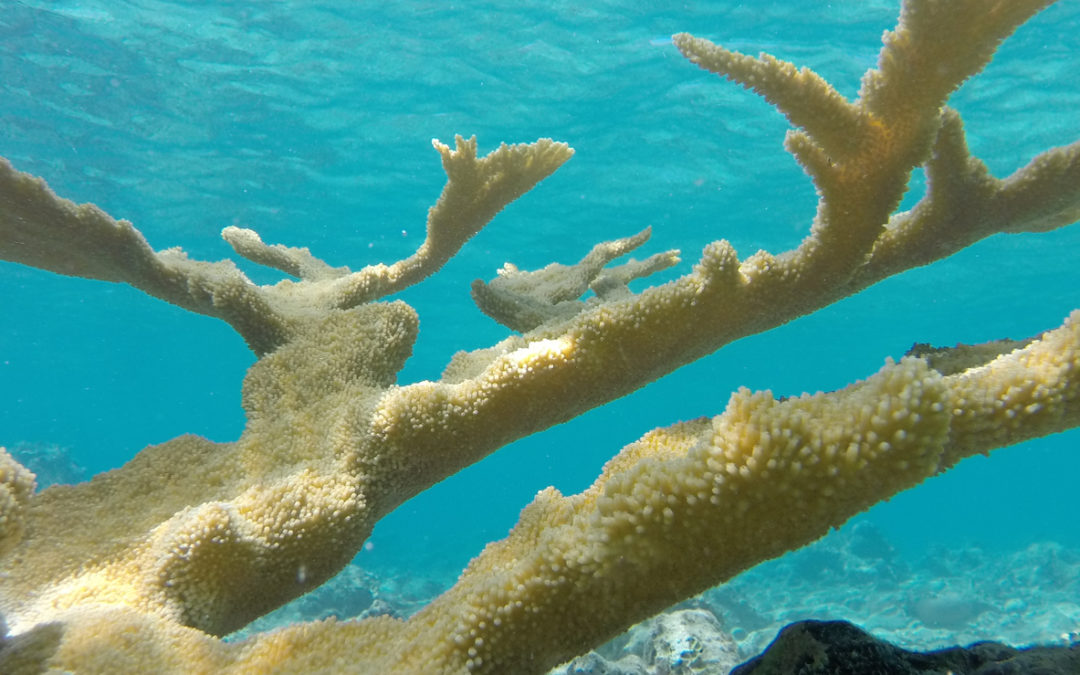Corals across several countries are bleaching and dying en masse from unprecedented levels of heat stress, prompting fears that an unfolding tragedy in Central America, North America, and the Caribbean could become a global event. US government scientists have confirmed reefs in Panama, Colombia, El Salvador, Costa Rica, Mexico, and six countries in the Caribbean, including the Bahamas and Cuba, are suffering significant bleaching, alongside corals in Florida that began turning white almost a month ago.
But what is coral bleaching?
According to NOAA’s National Ocean Service, when corals are stressed by changes in conditions such as temperature, light, or nutrients, they expel the symbiotic algae living in their tissues, causing them to turn completely white. When a coral bleaches, however, it is not dead. Corals can survive a bleaching event, but they are under more stress and are subject to mortality.
Coral and algae depend on each other to survive. Corals have a symbiotic relationship with microscopic algae called zooxanthellae that live in their tissues. These algae are the coral’s primary food source and give them their color. If stressed, algae leave the coral. When the symbiotic relationship becomes stressed due to increased ocean temperature or pollution, the algae leave the coral’s tissue – coral is left bleached and vulnerable. Without the algae, the coral loses its major source of food, turns white or very pale, and is more susceptible to disease.
Change in ocean temperature Increased ocean temperature caused by climate change is the leading cause of coral bleaching. Runoff and pollution can rapidly dilute ocean water and runoff can carry pollutants — these can bleach near-shore corals. When temperatures are high, high solar irradiance contributes to bleaching in shallow-water corals. Exposure to the air during extreme low tides can cause bleaching in shallow corals.

